-
Welcome to Tacoma World!
You are currently viewing as a guest! To get full-access, you need to register for a FREE account.
As a registered member, you’ll be able to:- Participate in all Tacoma discussion topics
- Communicate privately with other Tacoma owners from around the world
- Post your own photos in our Members Gallery
- Access all special features of the site
Recovery Q&A and help.
Discussion in 'Recovery' started by 3378jakesr5, Jan 5, 2017.
Page 4 of 9
Page 4 of 9


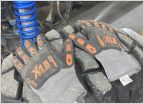 Gloves, what kind?
Gloves, what kind?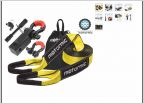 Recovery kit, starter pack?
Recovery kit, starter pack?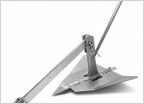 RED ROCK 4x4 Ground Anchor vs Pull Pal
RED ROCK 4x4 Ground Anchor vs Pull Pal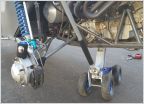 Any Experience With This Sand Jack?
Any Experience With This Sand Jack?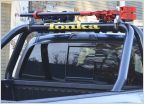 Harbor Freight hi lift jack
Harbor Freight hi lift jack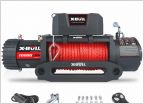 Winches: real world experience with cheap winches
Winches: real world experience with cheap winches




